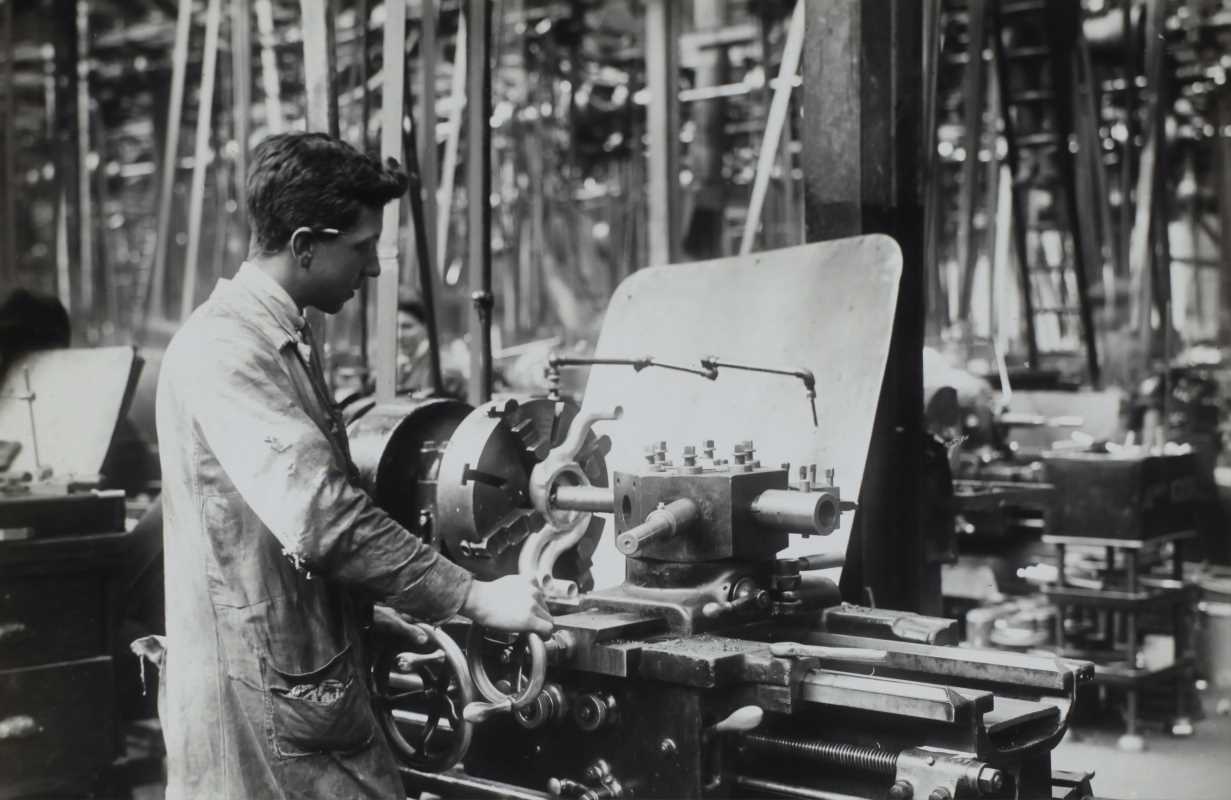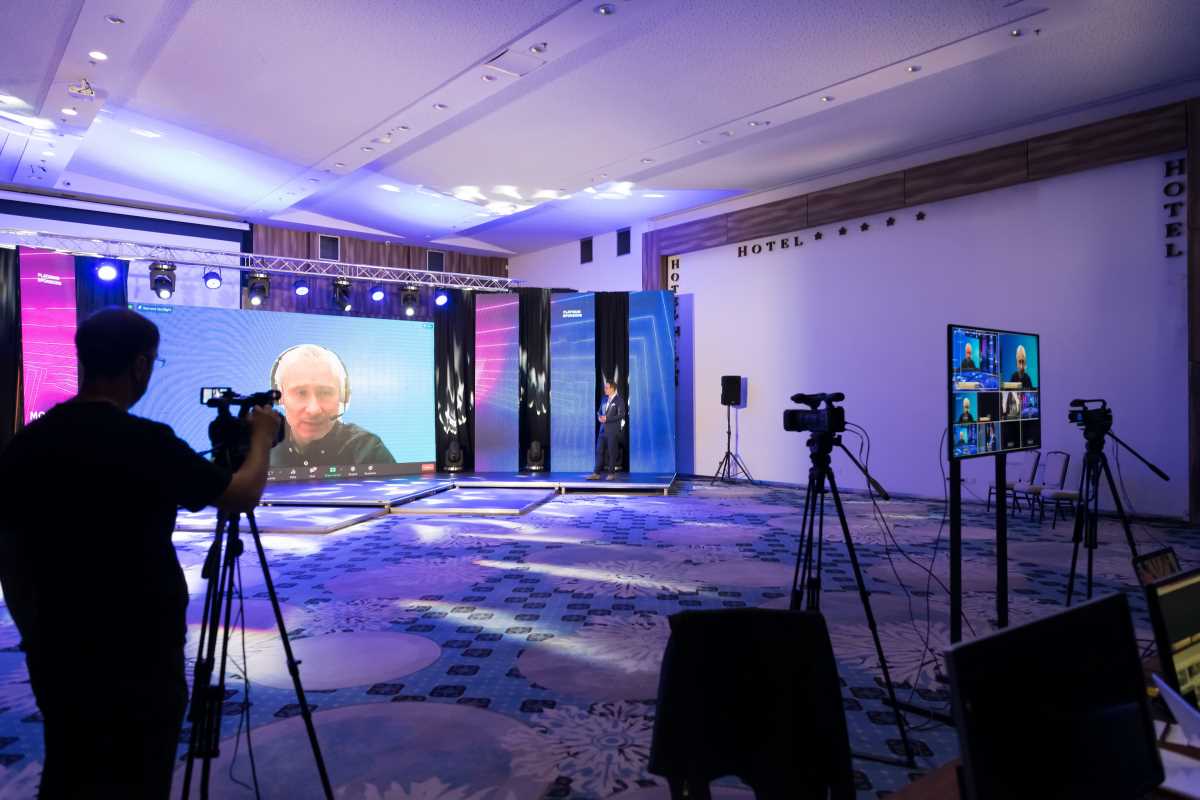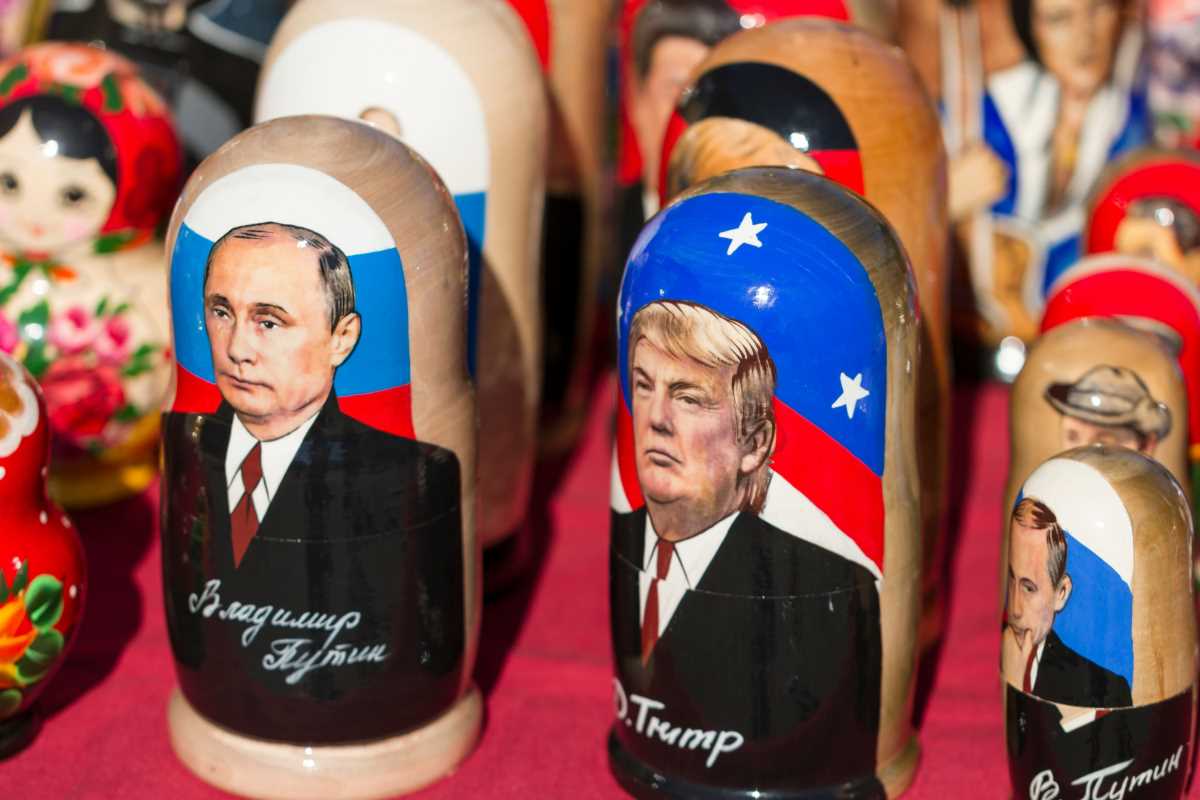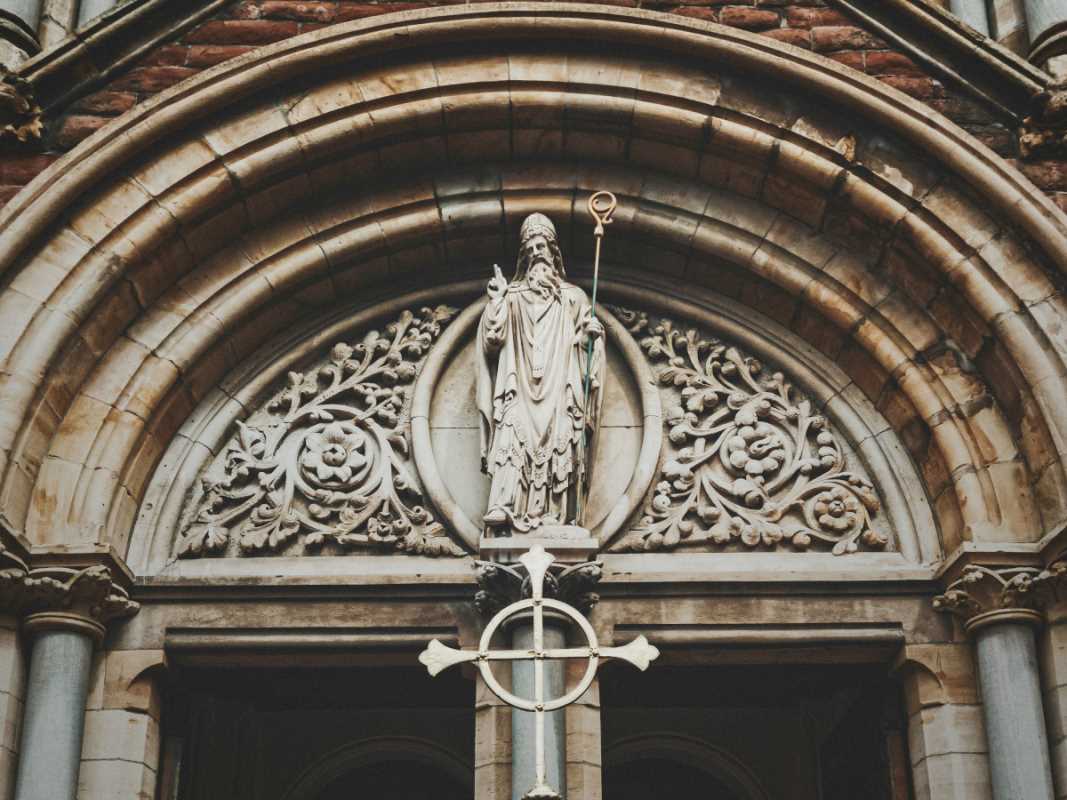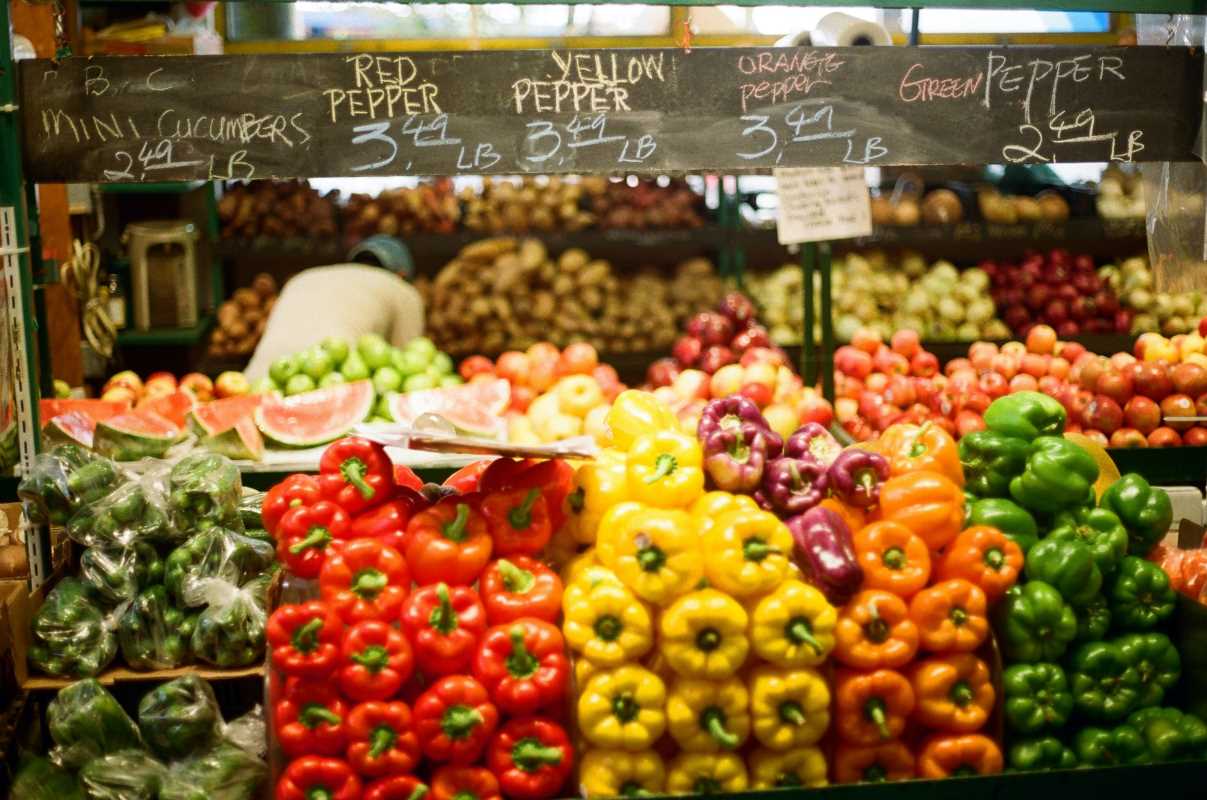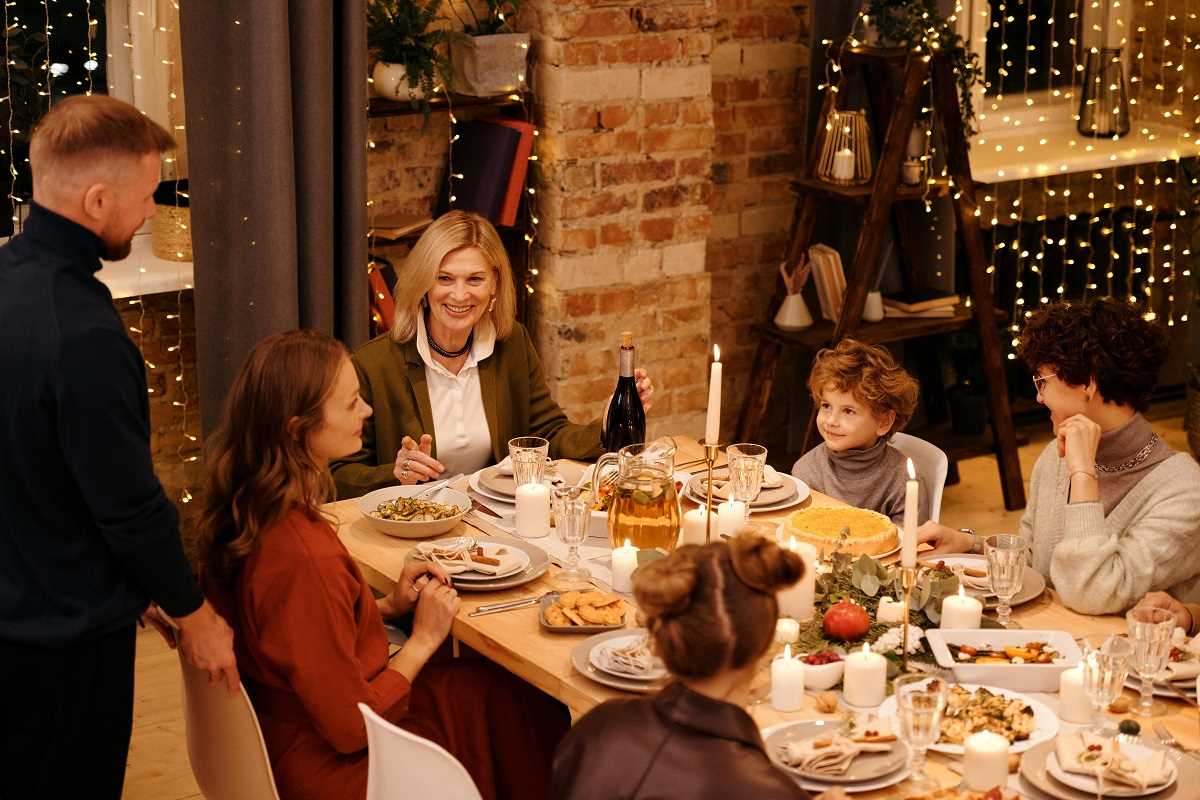Labor Day is more than just a long weekend that signals the end of summer; it’s a celebration of the people who keep society running. From the factory floors to the office cubicles, the modern world owes much to the workers who build, create, and innovate. But how did this day come to be, and why does it hold such cultural significance? To truly understand Labor Day, we need to step back in time and explore its history, trace its evolution, and reflect on what it means today.
From the Struggles of Workers to a National Holiday
Labor Day has its roots in the labor movement of the late 19th century, a time when workers faced grueling conditions. Long hours, dangerous work environments, and low wages were the norm. The Industrial Revolution worked wonders for innovation, but it came at a steep cost for laborers whose lives revolved around endless toil.
The fight for workers’ rights began to gain momentum in the 1800s. Protests and strikes became common as people demanded better working conditions and fair treatment. One of the most pivotal moments leading to Labor Day was the Haymarket Affair in Chicago in 1886. What started as a peaceful rally for an eight-hour workday turned into chaos after a bomb was thrown, spurring clashes and debates that further amplified the workers’ struggle.
Labor Day grew out of these heights of activism, originally championed by labor unions. The first Labor Day parade took place on September 5, 1882, in New York City, where approximately 10,000 workers marched. They didn’t just demand reforms; they celebrated their own contributions to the economy and society.
It wasn’t until President Grover Cleveland signed it into law in 1894 that Labor Day became a federal holiday. Notably, this decision came in the aftermath of the violent Pullman Strike, as a means to pacify tensions and recognize the growing power and influence of the labor movement.
The Evolution of Labor Day Celebrations
Over the decades, the way Labor Day is observed has shifted. Initially, the day was closely connected to parades and speeches organized by labor unions. These events were a way to showcase solidarity and highlight pressing issues facing workers of the time.
As the labor movement gained victories, such as the standardization of the eight-hour workday and improved safety regulations, the tone of Labor Day started to change. By the mid-20th century, the celebrations became less about protest and more about relaxation. For many, it became synonymous with barbecues, picnics, and family time.
Today, parades still exist in many cities, but they are often overshadowed by retail sales and end-of-summer travel plans. Unfortunately, this shift has diluted some of the holiday’s original spirit. The labor unions that were once central to Labor Day events now face declining memberships and visibility.
Events like music festivals and sporting events have also found their way into the Labor Day lineup. From marathon races to beachfront concerts, people have embraced a more recreational approach to the holiday. However, beneath it all, the day remains a symbol of workers’ achievements.
Despite the modern twists, many communities continue to infuse their celebrations with the rich legacy of Labor Day. Historical reenactments, museum exhibitions, and educational drives are examples of efforts to connect current generations with the struggles of the past.
The Cultural Importance of Labor Day
Labor Day carries a cultural weight that transcends its history. It’s a day that shines a spotlight on the working people who form the backbone of society. Teachers, construction workers, healthcare staff, artists, and countless others deserve recognition for the roles they play in shaping the world we live in.
One significant aspect of Labor Day is that it isn’t tied to any one religion, region, or ideology. It’s a universal acknowledgment of effort and perseverance that everyone can celebrate, regardless of their background. This inclusiveness makes it unique among national holidays.
The day also serves as a reminder of the ongoing challenges that workers face. Despite past victories, issues such as wage inequality, unsafe working environments, and job insecurity persist. Labor Day provides an opportunity to reflect on these problems and advocate for continued progress.
For families, it’s a time to gather and appreciate the balance between work and leisure. Parents get to set aside their responsibilities for a day, sharing moments with loved ones away from the daily grind. This focus on togetherness underscores the human side of labor, enriching its historical context.
Culturally, Labor Day also influences art, music, and literature. From folk songs about coal miners to novels chronicling factory life, the creative world uses stories of work to capture both its beauty and its struggles. These expressions add to the emotional resonance of the holiday.
A Tribute to Workers’ Contributions
One of the most important aspects of Labor Day is its ability to showcase the achievements of the labor force, past and present. Workers have been instrumental in creating everything from sprawling skyscrapers to technological marvels, and their contributions deserve admiration.
Many of the rights we take for granted today are a direct result of workers’ persistence. The weekend itself, for example, is a concept introduced by the labor movement. Paid leave policies, child labor laws, and workplace safety standards all stem from their sustained efforts.
Labor Day is also a celebration of diversity within the workforce. America’s labor history is a tapestry woven with threads of various cultures, genders, and backgrounds. Immigrant workers, women, and minority groups have all played pivotal roles, despite often facing disproportionate hardships.
Public institutions like parks, schools, and libraries owe much to the laborers who not only constructed them but also maintain them. When we celebrate Labor Day, it’s essential to remember the everyday heroes who make our lives better without fanfare or recognition.
Although largely secular, Labor Day has a spiritual resonance in the way it honors the dignity of work. It reminds us that every role, no matter how large or small, contributes to the larger picture of progress and prosperity.
How Labor Day Shapes the Conversation Around Work
Labor Day isn’t just about the past; it’s a lens through which we can view the future of work. It invites us to think critically about how work is valued, how workers are treated, and where we still need to improve.
The gig economy, for instance, presents new challenges. While it offers flexibility for workers, it also raises questions about stability, benefits, and long-term security. Labor Day offers a platform to discuss how these roles can be fairer in an evolving workforce.
Technological advancements also come into play. Automation and artificial intelligence are reshaping industries, leaving many to wonder what work will look like in the coming decades. Labor Day can be a time to ponder how to ensure that these changes benefit workers and not just corporations.
Climate change has further highlighted the intersection of labor and environmental sustainability. Green jobs are emerging as a key focus, emphasizing the need for industries that protect both the planet and those who work on it.
Despite these challenges, Labor Day retains an optimistic undertone. It’s a day to cherish the possibility of a better future, built by the hands of those who dare to dream, toil, and strive.
Celebrating Labor Day honors the spirit of those who believed in change and fought for it, while simultaneously inspiring the next generation to continue advocating for fairness and dignity in the world of work.
A Day of Celebration and Reflection
Labor Day exists in a unique space where seriousness and joy coexist. It’s a time for communities to come together to honor workers’ contributions while indulging in well-deserved relaxation. From its emergence in the grim realities of labor unrest to its modern-day observances filled with grilling and games, the holiday has transformed into something both solemn and celebratory.
Whether you’re marching in a parade or simply enjoying the company of friends and family, the significance of Labor Day lies in its ability to connect us to a larger story. It’s a tale of struggle, triumph, and the enduring human spirit.
The next time you take a bite out of a Labor Day burger or watch fireworks light up the sky, think about the workers who’ve made it all possible. Their efforts aren’t just part of history; they’re part of every moment we enjoy today. And that’s worth celebrating every September.
